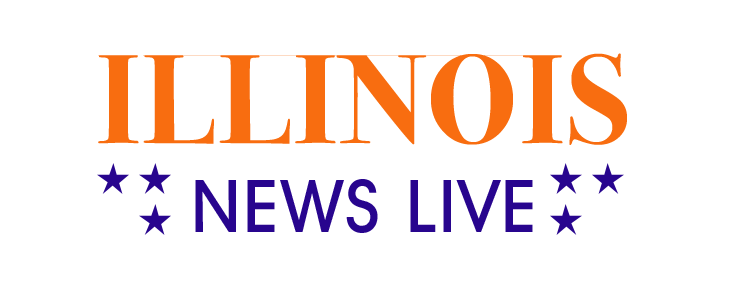What is Model Risk Governance?
What Do We Understand by the Term Model Risk?
A model signifies a quantitative method, approach, or system that relies upon and works with assumptions. Furthermore, it considers different and distinct statistical, mathematical, financial, and economic techniques and theories. Overall, a model takes in and processes data inputs, converting them into a quantitative-estimate input category.
Financial organizations and investors utilize models to discover their stock prices’ theoretical values. It allows them to pinpoint and find numerous trading opportunities. For that reason, a model can serve as a beneficial tool and asset in investment analysis. However, it also implies that they can become vulnerable to several risks. They can be because of programming errors, inaccurate data, output misinterpretation, and technical issues.
Hence, model risk refers to a unique type and kind of risk seen and experienced in a financial model. It comes up when the latter gets used for evaluating and measuring various quantitative information. It can encompass the value transactions and market risks of an organization or a firm. It can also include cases and instances when the model performs inadequately or fails, leading to detrimental and adverse outcomes.
Model risk can get considered a subset or subcategory of operational risk. The former primarily and predominately affects and influences the firm that develops and implements it. Hence, investors and traders may not understand the limitations and assumptions completely. It can be so even if they use one. Thus, they would not know about the various restrictions that bind its applications and usefulness.
Model risk can significantly affect the results of financial securities valuations in various organizations. Nevertheless, it plays a role in industries as well. For that reason, a model can incorrectly predict the case outcomes even if it has all the required data. For instance, it can fail to detect a fraudulent transaction or a terrorist among several individuals. It can get owed to technical errors, incorrect assumptions, and other similar factors.
What Do We Understand by the Term Model Risk Governance?
Model risk governance, also known as model risk management, is the process and steps of overseeing various risks. They get defined by the potential and detrimental consequences. They can arise from decisions made using misused and misinterpreted models. The overall purpose of model risk governance is to develop and implement practices and techniques. They help to identify, evaluate, and solve various model risks. In other words, it decreases the potential and chances of a model getting misused or error generation.
Different and distinct financial institutions like insurance companies and banks rely heavily on market, behavioral, and credit models. It can be for numerous purposes that help them get through their daily activities. For that reason, model risk governance serves as a core element and component of these organizations. It stands true, especially for the companies that rely on various quantitative models for their decision-making and functions. In the long run, it ensures operational efficiency.
Thus, we can summarize that model risk governance refers to a particular set of policies, procedures, and activities. They validate model risk management actions and activities for implementation purposes.
What are the Various Benefits of Model Risk Governance?
Model risk governance can result in numerous benefits if implemented and used adequately. It can prevent several generations of loss from issues related to models. As already mentioned, the problems can remain associated with model design, outcome understanding, or implementation. A few benefits of model risk governance comprise the following:
- Reduces Possibility of Poor Decisions
Suppose a model gets interpreted inaccurately and incorrectly. Then, the conclusions and decisions made based on the results and outcomes can be erroneous. They can lead to detrimental consequences. Such an issue does not arise when using model risk governance. It is because it eliminates the misinterpretation at the first stage.
- Broadens Consideration Scope
Model risk governance offers a holistic view and perception of model risks. It helps broaden the scope and range of involvement and consideration of the various associated factors. It can even include the points not taken under the regulatory requirements.
- Maximizes Profit
Model risk governance can help identify and locate the areas that will generate the maximum profit. It can be through means and methods of model improvements or the addition of a new one. In turn, it helps ensure the allocation and distribution of resources appropriately to yield the best results.
- Enhances Control Efficiency
Model risk governance helps understand a model and its control framework better. It allows for the identification and distinction of potential inefficiencies and duplications. It can get done across distinct business units or regional offices. For instance, it can address the issue of excessive usage of manual processes. The higher consistency level allows for enhanced control efficiency. It helps reduce the overall risk possibility.
- Allows for Better Business Planning
Model risk governance reduces the volatility and unpredictability in capital estimations and calculations. It helps ensure more confidence in decision-making. It can get owed to the better-informed assumptions and knowledge related to the planning process.
- Prevents Issues
Human nature dictates that an individual or an organization would emphasize and prioritize the models with recent issues. It can get owed to their urge to correct the problems or find their origin. Here, model risk governance can provide substantial help. It can aid in detecting and spotting potential issues at an exceptionally early stage. Overall, it allows for the organization and execution of the necessary remediation activities. It helps minimize the future impact.
- Improves Operation
Model risk governance helps take a consistent approach across the various processes of an organization. It allows for better documentation that remains proportional to the considered models. It improves the several operation steps that get taken.
- Increases Model Understanding
Model risk governance helps assess and understand a model appropriately without any misinterpretations. It ensures that the conclusions, limitations, outputs, and assumptions drawn are accurate. It reduces the risk of the models influencing and impacting the decisions negatively. It can also prevent them from getting used in inappropriate situations.


